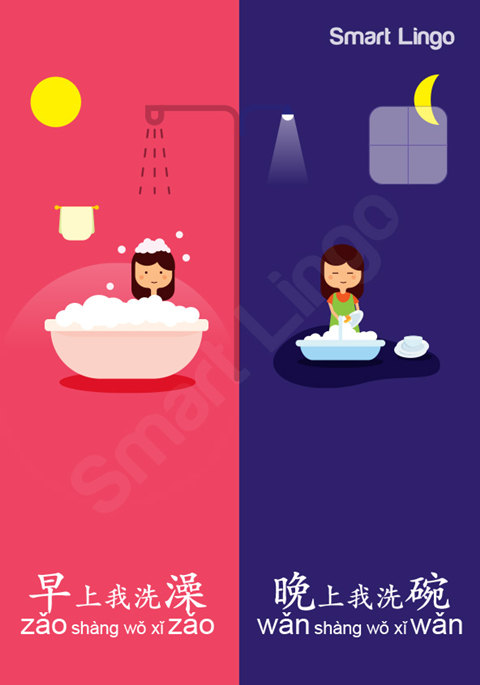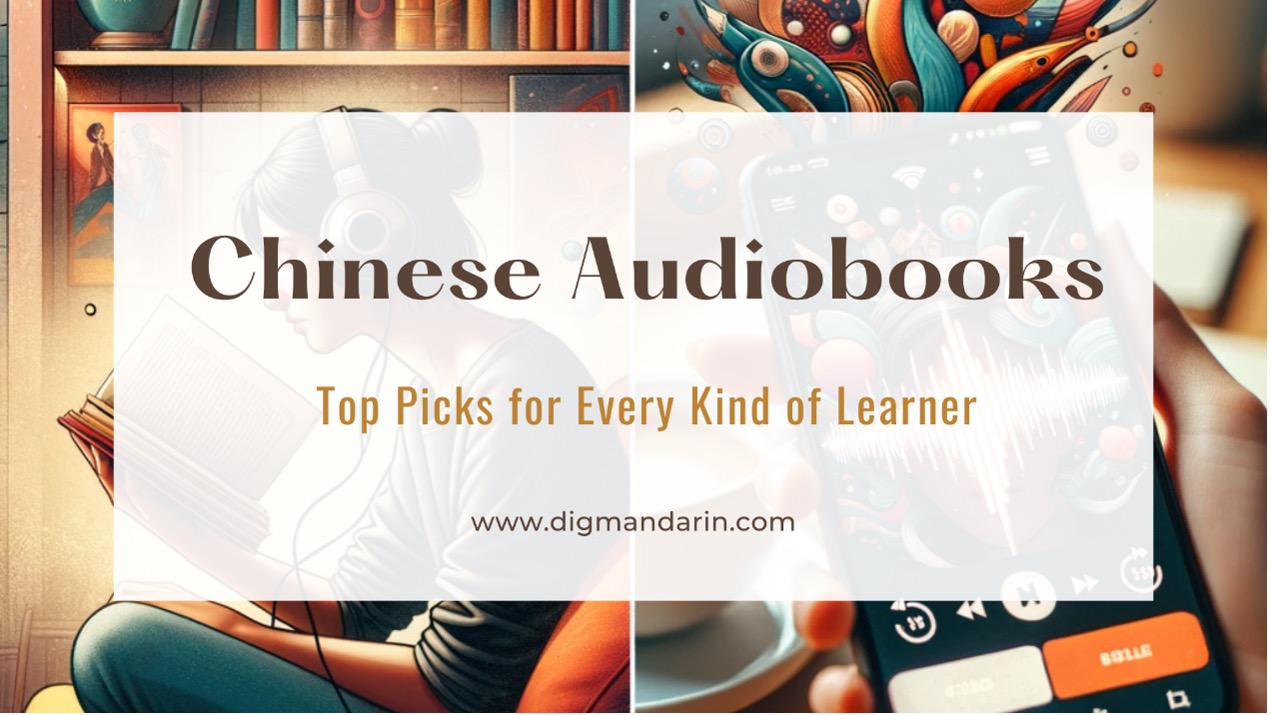These Flashcards Might Help You Learn Chinese
If you’re learning Chinese, then there is almost no way to avoid flashcards short of enrolling yourself in an extremely rural elementary school and starting from scratch. You need some way to remember the language, even if it is only because you’ve told yourself the meaning a million times. So, you write down a character on one side and the English on the other. Then you do your best to remember the pinyin, and proceed to force yourself to remember the meaning while, let’s be honest, sometimes forgetting how to pronounce the Chinese character. The test is written, right? So, naturally recognition is of a higher priority than pronunciation. Mastering tones? Yeah, it’s next on the list, right after this review session.
I’m not judging you because I do the same thing. Like I said, flashcards are pretty unavoidable; yet, they still leave you struggling when it comes to remembering sounds. Frankly, there is just too much information to remember using a standard flashcard. Additionally, you can’t find using them to be interesting any more (I certainly don’t). Flashcards in general are just not that interesting. What’s worse, you aren’t building a relationship between the word you’re trying to learn and any other words in Mandarin, just a binary link to English.
What you need to better help you retain all the information that comes with Chinese, or with any language for that matter, are mnemonic devices. As you progress from beginner to advanced student, you may notice that you develop your own systems for remembering the concepts and words you use most. However, you may not notice the holes in your learning system until you come across something you know that you should know already.
Those systems you create are mnemonic devices. In order to work, they have to make a connection in your brain between the new information you’re trying to remember and a piece of older information you already know. They can do that in a few different ways.
If you’re wondering why I’m going through all this effort when traditional flashcards are your go-to method, it will make learning Chinese more interesting for you if you give a try. Using a card with meaning on one side and hanzi on the other is a way to make the connection between pieces of information, technically making it a mnemonic.
But, there are other ways, for example, let’s take imagery. It takes the word out of its context and forces it to go somewhere new, interesting, and memorable. Of course, the best-known example is Chineasy, a program where traditional characters are superimposed on pictures of their meanings so learners can see the resemblance.
You can also do what so many have done for European languages and use cognates or Link Words. Link words sound like the target word, to create a scene that also includes the meaning of the word in question. Within cognates, you can set the scene visually, or by putting new words into a sentence that includes their pronunciation even use both methods.
Now we’re starting to get somewhere for flashcard studying. The ideal flashcard, then, will help you learn pronunciation, reading, and meaning at once and do so in a way that help you remember it longer—not a short order.
So, let’s take a look at a couple of contenders then.
It has the imagery—that much is clear. The pronunciation hints at the bottom seem to be hitting the mark, at least for me considering my admittedly wacky tones. Where this card is lacking is in driving home the character itself. The concept is clear, the meaning is conveyed, I remember the word, but being deprived of a sentence context, it is harder to learn the character.
If you’re not advanced enough for sentences and just want exposure to characters before diving in, these cards are a good option. Otherwise, it is best to refocus on these. They aren’t quite tongue twisters, so let’s call them character twisters.
The homonyms are put together and linked with the pictures, just like the single-word cards, but without the English meaning, you’re left to decipher it on your own. Of course, they are intended for more advanced students. The advance students probably know the words themselves, but need a sentence that uses all the characters at once. The character twisters, if you will, seem to pick up right where the single word cards left off and vice versa.
Of course, there are a million ways to try and learn to read Chinese. None of them are a cure at all, nor will be a quick fix. It takes native speaking school children all of primary school to get the basics straight, when all’s said and done. But, these flashcards are certainly an improvement on the flashcard format. So I believe these flashcards are probably worth checking out.







hi Libby
these flashcards are awesome – do you know where I can get them?
Cheers,
Ash